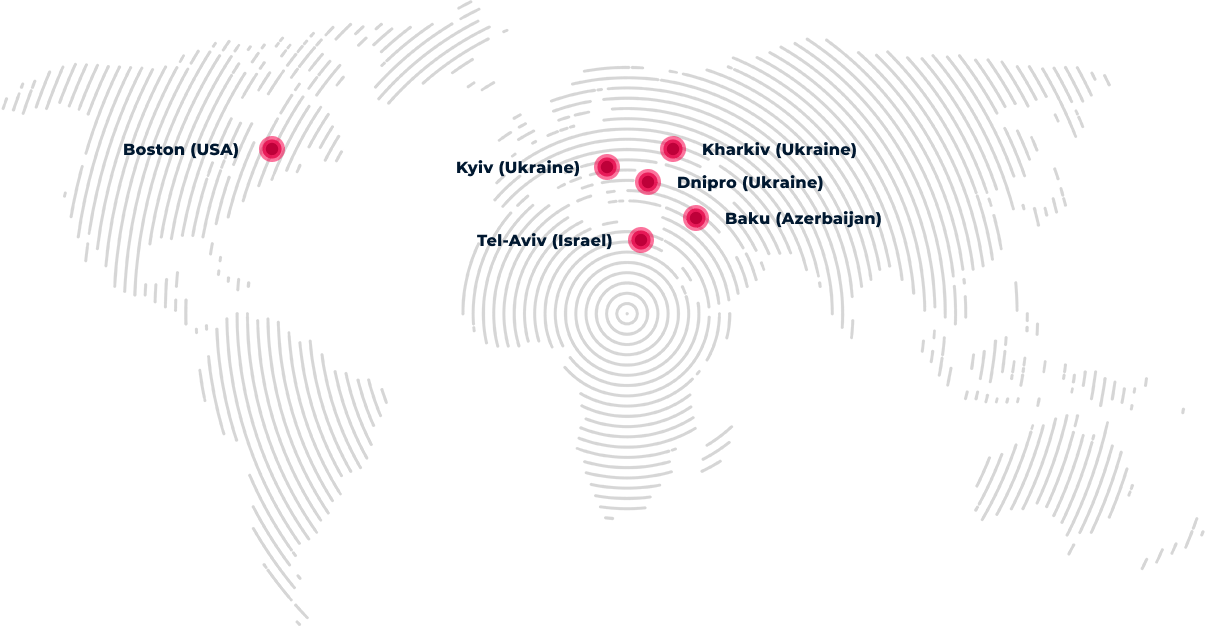Risk Definition, Types, Adjusment and Measurement
Content
Should it purchase the raw material from any of the available contacts? Suppose a risk-averse person named Jim currently has a job that pays $60,000 per year. Jim is getting a little bored with his job and is considering taking a sales job. Jim will not know how much money he will make in any given month or year.

There are various strategies companies and individuals alike employ to avoid incurring too much risk. In investing, risk is measured by the standard deviation equation – and, logically, it makes sense. The equation measures how volatile the stock is compared to its average price.
High subjective risk often results in conservative and prudent behavior, while low subjective risk may result in less conservative behavior. Two persons in the same situation can have a different perception of risk, and their behavior may be altered accordingly. An individual with training or experience in insurance A’s perception towards uncertainty is different from that of B. Nonetheless, in both situations, the outcomes that are the questions which will be asked in the examination are different. Where assets are priced by markets, all probabilities and impacts are reflected in the market price, and risk, therefore, comes only from the variance of the outcomes.
What is the difference between risk averse and risk neutral?
A risk-averse person prefers a certain outcome to an uncertain outcome with the same expected utility. That is, for every $1 increase in income, the increase in utility from that extra income is less. There are variations in risk types and categories depending on the project work and environment. What should not vary is the use of types and categories as an input into the risk register and risk mitigation triggers, and their inclusion in the risk audit, risk budgeting, and risk management plan. The PMP® certification exam may include scenarios that describe risk types and risk categories or require analysis to determine a risk level. For both preparing to take the PMP® exam and the improvement of your project management skills, it is important to know how to organize risks.
For example, the risk of user interactions being misunderstood can be mitigated by usability testing. The benefits of this approach are an increase in the efficient use of project team time and more accurate risk management work overall. Once risks have been identified by type, project teams should group them into categories to show common sources of risk for the industry, application area, or business. If risk types are not categorized, there can be unintentional overlapping or contradictory mitigation work performed thus triggering additional negative risks, which are also called “issues”. When studying for the PMP, project managers should know risk types, categories, and the role they serve in risk management.
Since the utility provided by Jim’s current job, 13 utils, is greater than the expected utility of the sales job, which we calculated as 12.5 utils, Jim would be better off keeping his current job. This falls in line with the fact that risk-averse people prefer less variability of outcomes. You can avoid financial risk through the use of analytical tools and calculations that help determine the amount of risk that comes with certain actions or investments. There are always going to be potential risks that come with making investments and operating a business. You don’t always know for certain if you’re going to see a positive return.
- As a general rule, small companies or issuers tend to have a higher liquidity risk due to the fact that they may not be able to quickly cover debt obligations.
- A less risk-averse person will not be willing to pay such a high risk premium as they are willing to take on more risk.
- Needs to review the security of your connection before proceeding.
- Use risk types and categories to better organize and track risks, and to more effectively mitigate risk when it occurs.
- Examples of operational risks are insufficient resources, failure in resolving conflicts, etc.
- Remember, risk management strategies, tools, and resources are all designed to protect the project’s objectives despite the challenges.
Do not be overwhelmed by the fact there is uncertainty in your project. Use risk types and categories to better organize and track risks, and to more effectively mitigate risk when it occurs. Remember, risk management strategies, tools, and resources are all designed to protect the project’s objectives despite the challenges. Understanding risk is more than good project management or a road to correctly answering a PMP exam question, it is a responsibility for the profession and each project.
Benefits of Risk Analysis
A major concept that comes into play when evaluating risk in your portfolio is your time horizon. Essentially, a time horizon is how long you are able to keep your money in the market or the individual stock. If you have a long time horizon, you can generally invest in higher risk stocks because you have more time to ride out any dips in the market.
Essentially, if an individual or company is unable to pay off their short-term debts, they are at liquidity risk. Market risk is a broad term that encompasses the risk that investments or equities will decline in value due to larger economic or market changes or events. Within the general blanket of business risk are various other kinds of risk that companies examine, including strategic risk, operational risk, reputational risk and more.
Why do you use Risk Categories?
Although it is often used in different contexts, risk is the possibility that an outcome will not be as expected, specifically in reference to returns on investment in finance. However, there are several different kinds or risk, including investment risk, market risk, inflation risk, business risk, liquidity risk and more. Generally, individuals, companies or countries incur risk that they may lose some or all of an investment.
This is an example of debt-heavy buyouts and capital restructuring. Financial risk also affects different groups of people in different ways. Typically when discussing financial risk, it can affect multiple levels of the economy.
How are Risk Categories used in projects?
Due to less liquidity in the market, the investor might have to sell the securities at a much lower price, thus, losing the value. We use a fallback plan for them and use the management reserve if they occur. Therefore, together with her team, she does a risk-benefit analysis before making a final choice to determine whether https://globalcloudteam.com/ the advantages of pursuing this project exceed the perils. An organization received a project proposal to construct luxury flats. Although the project might result in positive brand recognition for the business, the owner is apprehensive about accepting the deal because her company focuses on affordable housing.

Supplier risks take place in a scenario where there is third-party supplier interference in the development of a particular project owing to his association in the same. Technical environment risk can be regarded as the risk concerning the environment in which both the customers and the clients operate. This risk can take place due to the testing environment, regular fluctuations in production, etc.
Needs to review the security of your connection before proceeding. Some risks are insurmountable or require a lot of work to overcome. Technology risks occur due to sudden or complete change concerning technology or even the installation of new technology. Root Cause AnalysisRoot cause analysis is a problem-solving technique in which the source of a problem is identified, thereby finding the best possible solutions to it. It is a permanent fix to an issue since it establishes a cause-effect relationship for every adverse situation. It ensures that risk identification is made comprehensively, covering all the probable aspects of the underlying and upcoming risk conditions.
These risks include underestimating timeline or required budget, which can result in all parties being unhappy . An organization handling money matters is running the risk of possible defalcation by employees as well as a loss by outside miscreants. The subjective risk is defined as uncertainty- based on a person’s mental condition or state of mind.
Risk management process
A risk type, or informally the “PMP risk types,” are buckets for risks of a similar nature. Determining the Risk Types is part of the overall risk identification work within the risk management efforts. Trust is the foundation on which companies build their relationships with all stakeholders, from company workers to consumers. Without this bond of respect, employees will leave their positions, investors will look for other projects to finance and customers will opt for competition. Hence the importance of reputational risks management as a measure to maintain the delicate loyalty of stakeholders.
The key tools for this process are expert judgment, interviews, meetings, brainstorming sessions, risk probability and impact assessment, risk categorization, probability impact matrix, etc. This post will examine risk analysis, its types, and its benefits. If an individual experiences great mental uncertainty concerning the occurrence of a loss, that person’s behavior may be affected.
Frequently Asked Questions about Risk Preference
Consequently, the business house ends up with negative working capital in most of the cases. The following are examples of risk analysis for manufacturing, transportation & logistics, and construction industries. Here, you define how you will conduct risk management activities on your project.
Residual Risks Vs Secondary Risks
Examples include key person insurance, general liability insurance, property insurance, etc. While there is an ongoing cost to maintaining insurance, it pays off by providing certainty against definition of risk type certain negative outcomes. The discount rate method of risk-adjusting an investment is the most common approach, as it’s fairly simple to use and is widely accepted by academics.
The quantitative risk analysis process numerically analyzes the combined effect of identified individual risks on project objectives. This process quantifies overall project risk exposure and provides additional information to help plan risk responses. We will explain risk preference and how it relates to the expected utility using a graph. Figure 3 below shows a utility function of a person who is risk-averse. As you can see, as income gets larger, this person’s utility continues to rise, but at a slower and slower rate, until it finally stops rising altogether. For each $1 increase in income, utility rises at a diminishing rate.
The higher the standard deviation, the higher the risk for a stock or security, and the higher the expected returns should be to compensate for taking on that risk. Whether it be the risk of an accelerated inflation rate or a volatile stock, risk is a huge factor to examine and understand when getting into the market . There are countless operating practices that managers can use to reduce the riskiness of their business.

Leave your comment